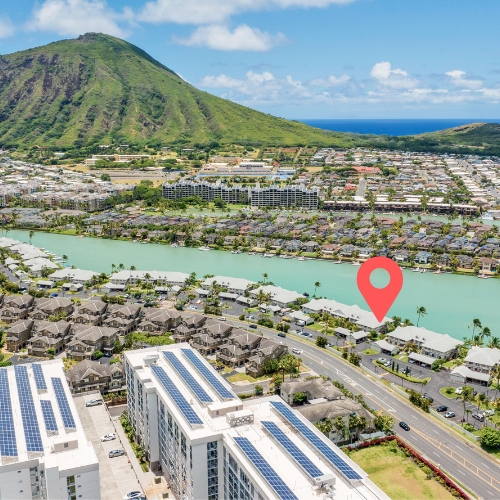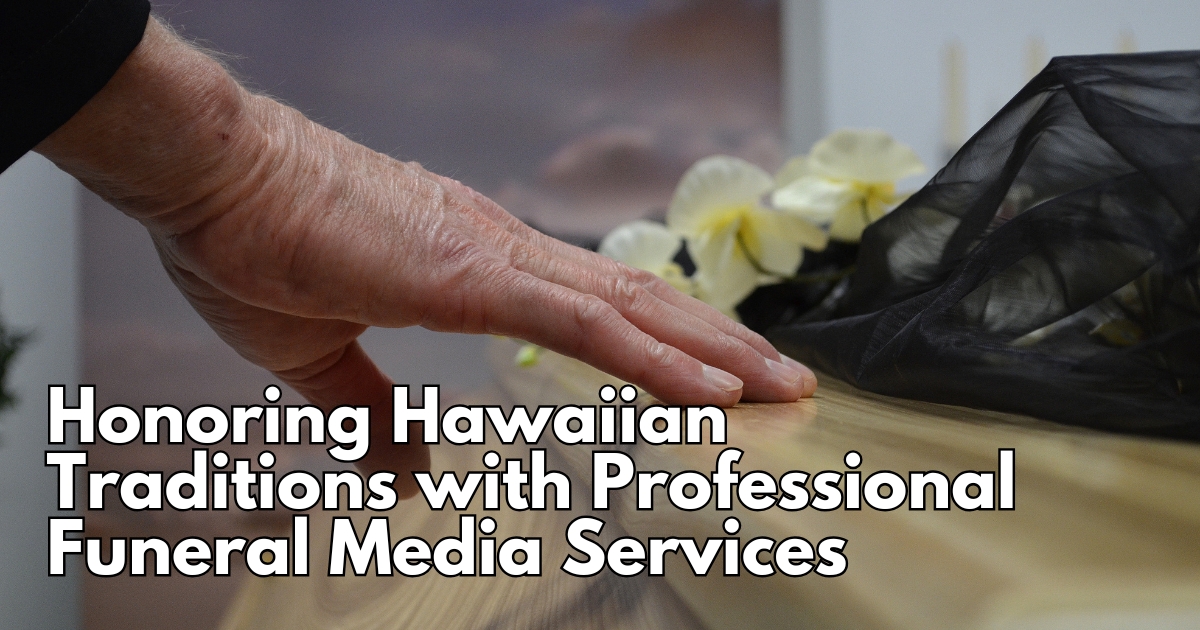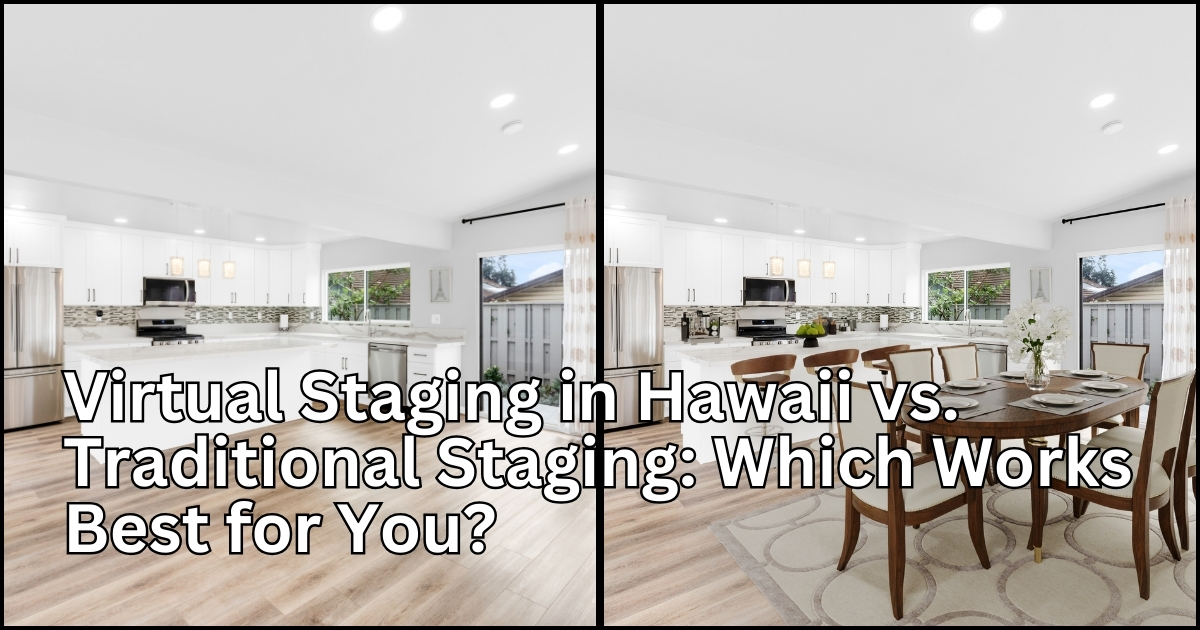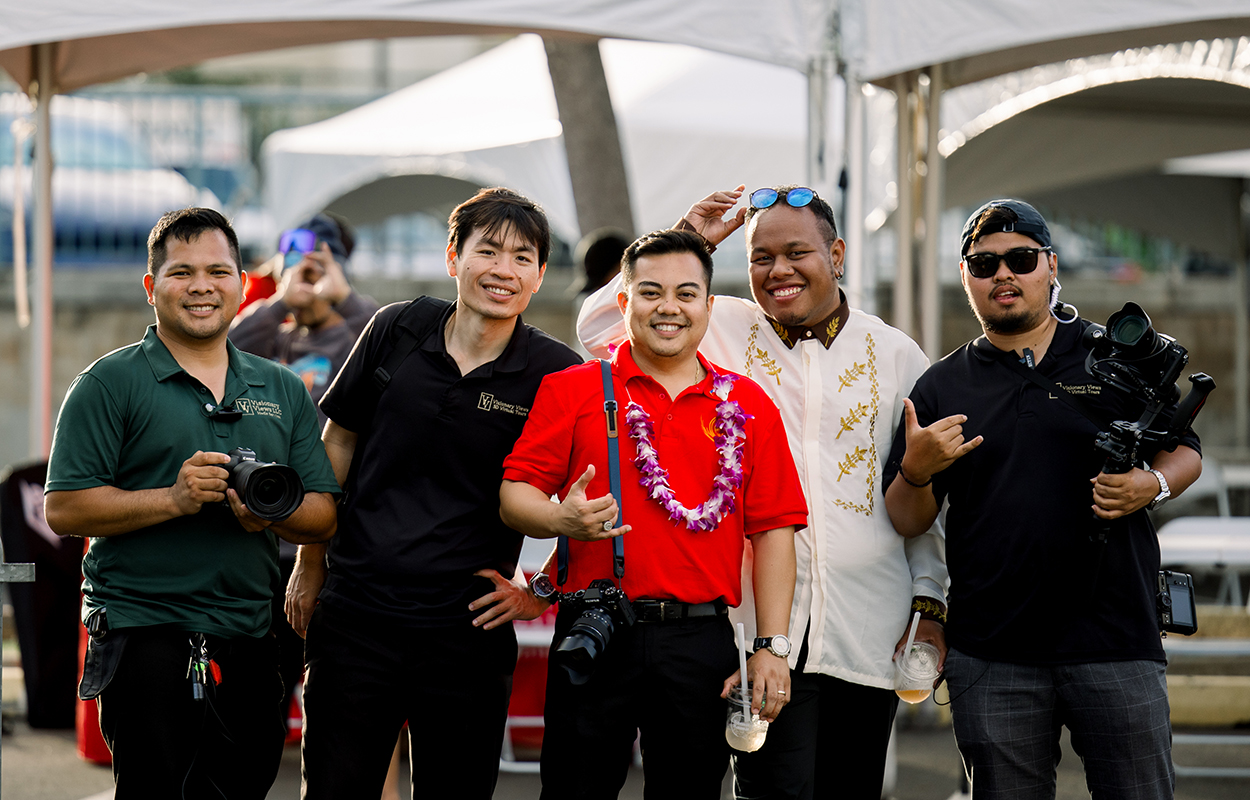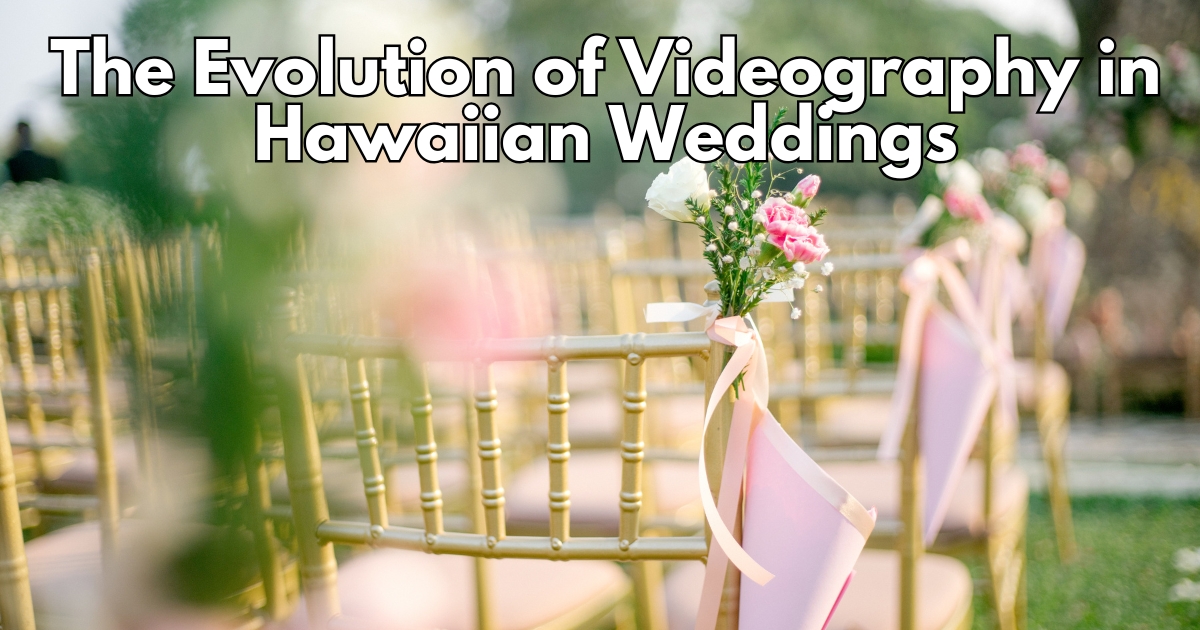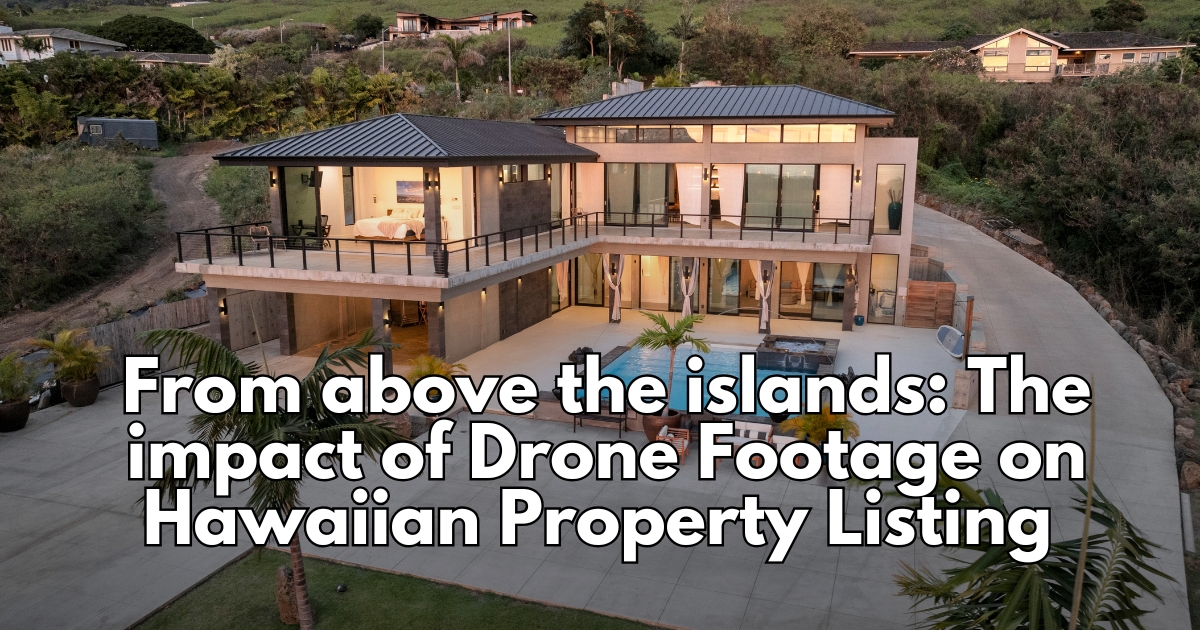Aloha, realtors and agents! Imagine this: you’re scrolling through a property listing, and suddenly, a jaw-dropping aerial shot of a stunning beachfront home pops up. You can almost feel the ocean breeze and hear the waves crashing. That’s the magic of drone footage—it doesn’t just show a property; it tells a story that draws buyers in.
If you’re considering taking to the skies yourself for those breathtaking shots, hold on! While owning a drone sounds like the ultimate freedom, there’s a lot to learn about using one effectively and legally in Hawaii’s unique landscape. In this guide, we’ll cover the essentials—why drone footage is a game-changer, the permits you’ll need, and tips to create top-notch shots that showcase the beauty of the islands.
Why Drone Footage is a Must for Hawaii Real Estate
When you’re selling paradise, a photo just doesn’t cut it. Drone footage offers an unbeatable way to show off a property’s surroundings—the lush greenery, sparkling waters, and even the proximity to local landmarks. Here’s how it works wonders:
1. Show the Whole Picture
From mountain views to beachfront access, drones capture the bigger story. They help buyers visualize their future home’s surroundings, giving them a sense of the lifestyle that comes with it.
2. Highlight Unique Features
A koi pond? Infinity pool? Gorgeous lava rock walls? Drones give you the perfect angles to showcase features that are hard to capture from the ground.
3. Impress Potential Buyers
Listings with aerial shots sell faster—68% faster, to be exact. The more eye-catching your listing, the more likely buyers will click, call, and commit.
4. Stay Ahead of the Curve
Using drones shows clients you’re tech-savvy and dedicated to making their property stand out, which builds trust and confidence.
5. Cost-Effectiveness:
Getting Legal: What You Need to Know About Drone Use in Hawaii
Before you fly off to capture the perfect shot of a Lahaina sunset or the lush hills of Hilo, you’ll need to check a few boxes. The Federal Aviation Administration (FAA) requires a Part 107 Remote Pilot Certificate for commercial drone use.
Here’s What You’ll Need to Do:
- Take an Exam: Study for and pass the FAA’s Part 107 test to get licensed.
- Know the No-Fly Zones: Many areas in Hawaii, like near airports and military bases, restrict drone use. Check local regulations to avoid fines.
- Hire Smart: If you’re hiring a drone photographer, ensure they’re FAA-certified and understand Hawaii-specific regulations.
Pro Tip: Look into temporary flight permits if you’re shooting near sensitive locations like national parks or marine sanctuaries.
Choosing the Right Drone for Hawaiian Real Estate
Not all drones are created equal, especially when you’re capturing the rugged beauty of the islands. Here’s what to keep in mind:
1. High-Quality Camera
Look for a drone that can shoot in 4K resolution. It ensures crisp, vibrant images that capture every detail of the property and its surroundings.
2. Long Battery Life
You don’t want your drone running out of juice mid-flight. Most modern drones offer 20-30 minutes per battery—invest in extras for longer shoots.
3. Stability:
4. Easy to Operate
If you’re new to drones, pick one with beginner-friendly features like obstacle avoidance and GPS stabilization.
Prepping for the Perfect Drone Shoot
Before heading out for a drone photo shoot, conducting thorough research and visiting the property to understand its layout and potential obstacles is crucial. This includes:
1. Identifying suitable takeoff and landing spots:
2. Noting any no-fly zones or restricted airspace:
3. Creating a shot list:
4. Preparing the property:
5. Timing the shoot carefully:
Shooting Techniques and Creative Ways to Use Drone Footage in Real Estate Marketing
1. Shoot in RAW format:
2. Adjust drone settings:
3. Utilize natural lighting:
4. Showcasing the Context and Environment:
5 . Telling a Story:
6. Highlighting Unique Features:
7. Adding Creativity and Flair:
8. Providing a Comprehensive Overview:
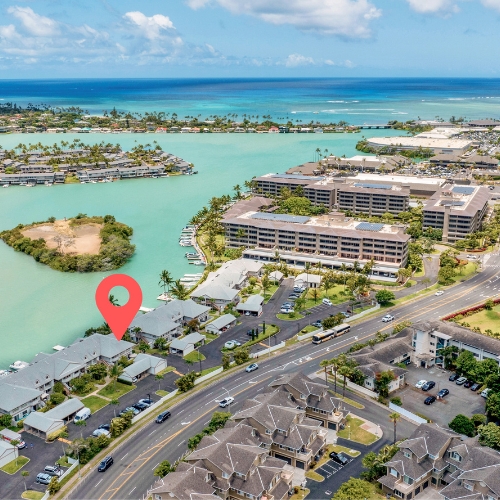
Editing Your Drone Footage
1. Choose the right editing software:
2. Color correct and adjust exposure:
3. Add music and voiceovers:
Incorporate music and voiceovers to set the mood, provide context, and guide viewers through the property. You can use free music from other platforms. There’s nothing wrong with that except for commercial use. It’s better to have licensed music.
The ones in the market are AudioJungle, Epidemic Sound, Artlist, and Soundstripe. The cheaper option is buying bulk music with unlimited commercial rights for usage, or some deals offer a yearly license for unlimited music download.
4. Create smooth transitions:
5. Export in high-quality formats:
Incorporating Drone Footage into Your Real Estate Marketing Strategy
1. Optimize for online sharing:
2. Incorporate your drone footage:
3. Utilize social media:
4. Create virtual property tours:
5. Measure and analyze performance:
Track the performance of your drone videos, analyzing metrics such as views, engagement, and leads generated to refine your marketing strategy.
Drone footage has become an essential tool in real estate marketing, offering a powerful way to showcase properties and attract potential buyers. By leveraging drone technology’s unique perspectives and captivating visuals, you can set your listings apart from the competition and generate more leads and sales.
Remember to choose the right drone, comply with relevant regulations, prepare thoroughly for your shoots, and employ effective editing techniques to create high-quality, impactful drone videos. By incorporating drone footage into your real estate marketing strategy, you can promote your brand, demonstrate your expertise, and drive more successful transactions.
If this is too overwhelming for you and you would rather hire a professional Drone Photographer, check out Visionary Views’ portfolio and our Drone Packages here. A drone photo starts at $215. Learn more about Visionary Views Service.


